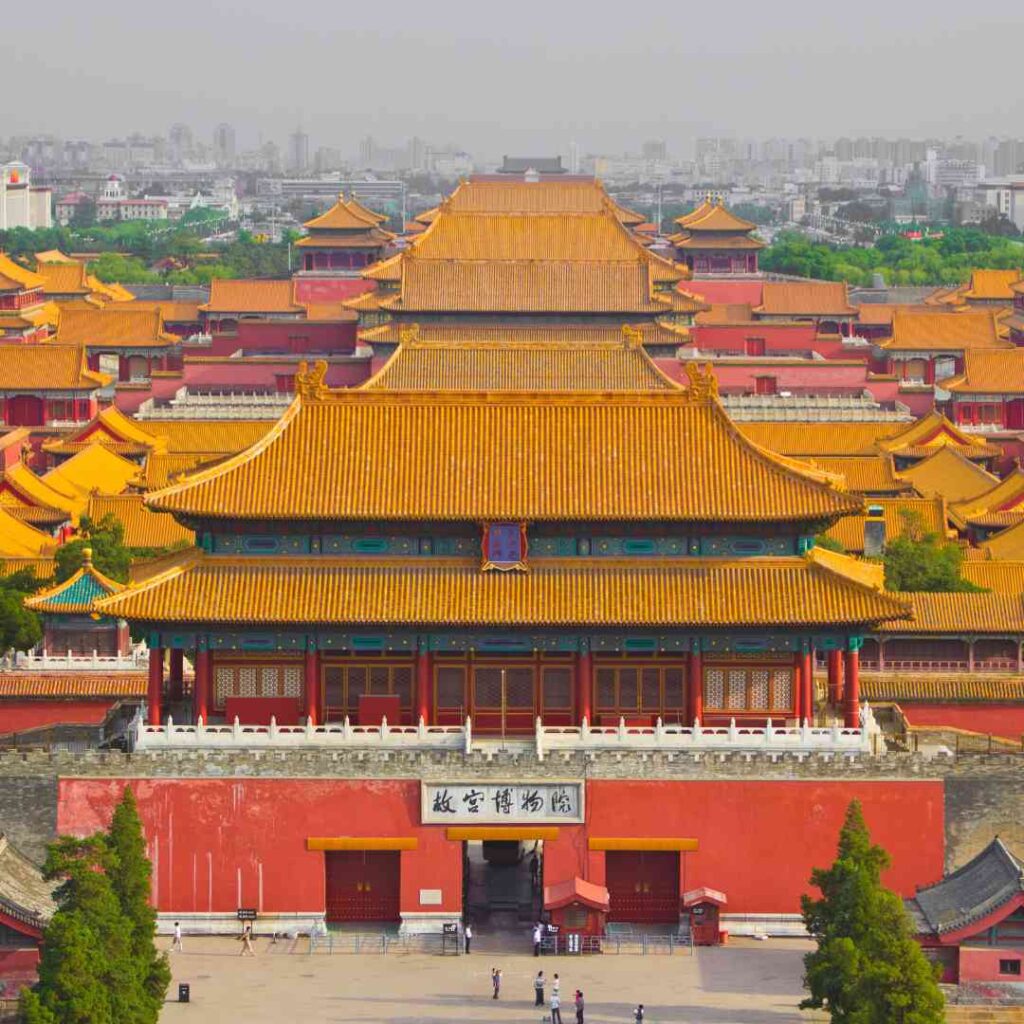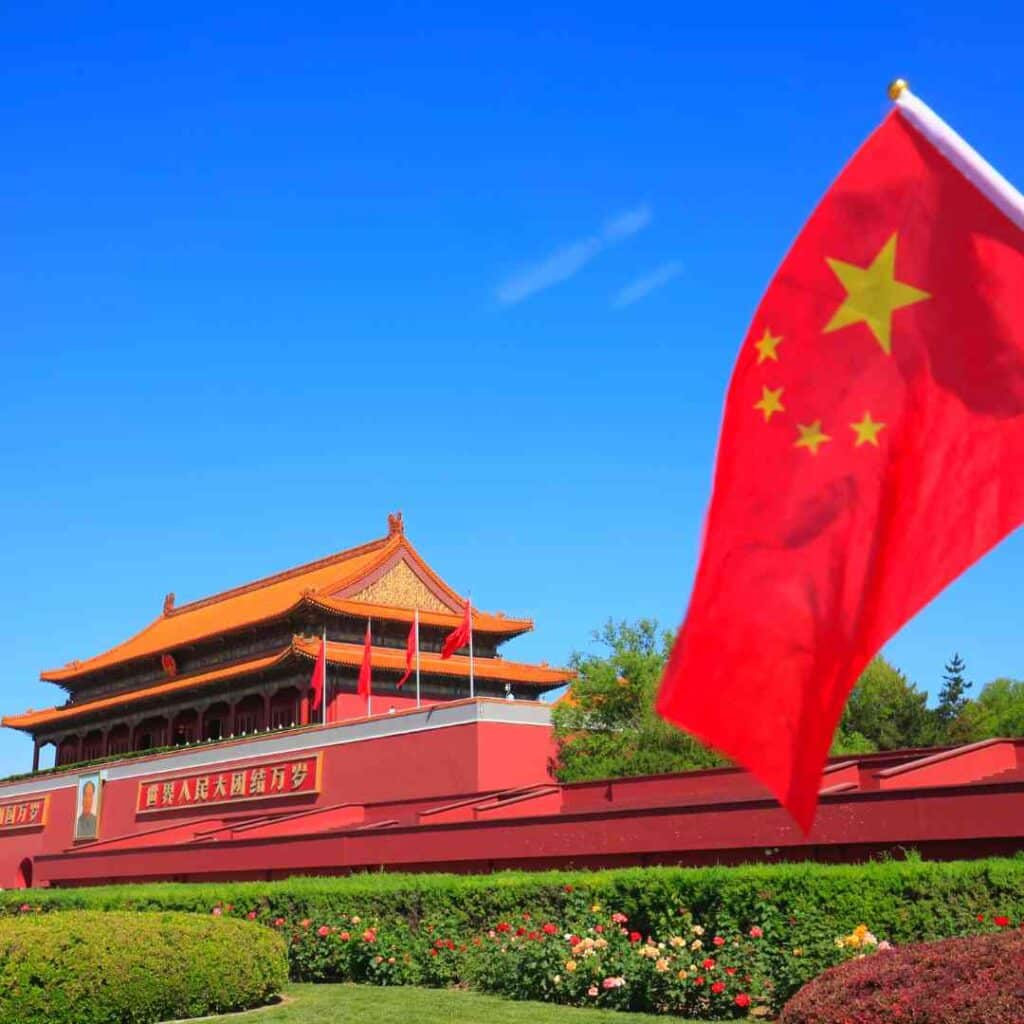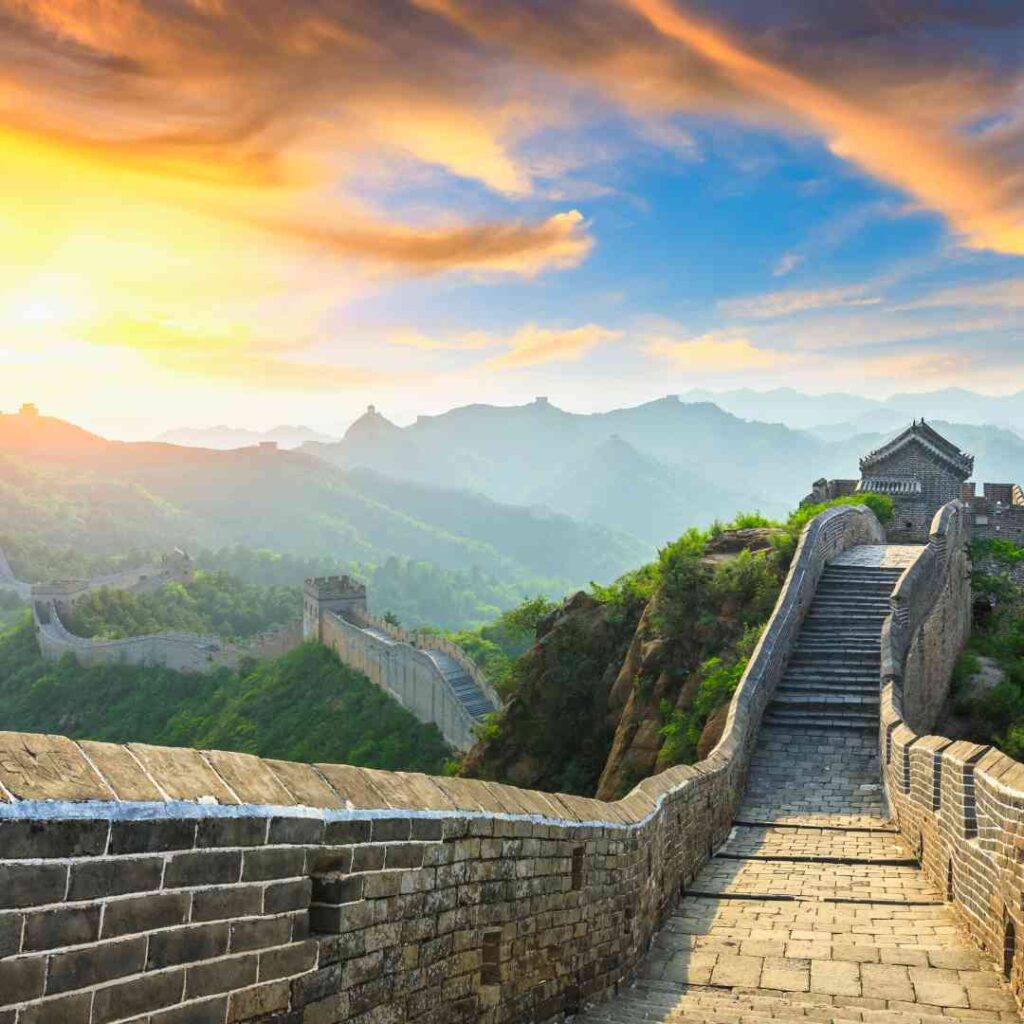China, a massive and powerful East Asian nation-state, comprises numerous provinces and cities. Beijing, China, has taken the title of capital for centuries.
Beijing, China’s capital, is a prosperous city with both the history and culture of China. Beijing ruled China for at least eight centuries with few short-lived interruptions. When the People’s Republic of China was formed in 1949, Beijing was again designated China’s Capital city. Beijing has some of China’s most iconic landmarks, including the Forbidden City, Tiananmen Square, and the Great Wall of China.
Table of Contents
- Why Is Beijing China’s Capital City?
- Beijing Is Home To Many Of China’s Most Iconic Landmarks
- Related Questions
Why Is Beijing China’s Capital City?
Beijing has been China’s capital for at least eight centuries with few exceptions and interruptions. This means that throughout China’s long, illustrious history, Beijing has been the center of China’s rule of power.
One of the most notable times when the capital city of China was moved was in 1928, when the Nationalists, who were then ruling China, moved the capital to Nanjing, China. This move from the capital to Nanjing, China, was relatively short-lived. When the Nationalists were defeated after World War II, the new government of China moved the Capital of China back to Beijing.
In 1949, with the establishment of the People’s Republic of China, Beijing was restored to its former glory as the capital of the new Chinese regime. This ensured that Beijing, China, would soon regain its position as China’s political, cultural, and economic center.
Beijing Is Home To Many Of China’s Most Iconic Landmarks
To many Chinese, Beijing is not only the capital city but it is also the place that is home to many of China’s most affluent, historic, and iconic landmarks, such as The Forbidden City, Tiananmen Square, and the Great Wall of China.
These landmarks are not only some of the most visited places in China, and in some cases in the world, but a symbol to the Chinese people. There is a good reason why these iconic landmarks continue to be an essential part of China’s history.
China’s Forbidden City Is In Beijing And Was Ruled From The Forbidden City

China’s iconic Forbidden City is in Beijing. I have visited the Forbidden City many times; it is a marvelous cultural place. The Forbidden City of China is a world heritage site and a testament to the grandeur and sophistication of the Chinese imperial court.
The imperial palace was the palace for 24 emperors of the Ming and Qing dynasties from 1420 to 1911. Its architecture is a synthesis of traditional Chinese palatial architecture and the superb style of the Ming Dynasty.
Constructed from 1406 to 1420, the palace took fourteen years to complete. It was built to be the Supreme power center of the country, and its grounds were designed magnificently.
As it was built to be the supreme power center of China, even though today China is not ruled by the Forbidden City, it reminds us that Beijing was, for many centuries, the most important city in China.
The walls around the Forbidden City Palace measure 9.5 meters in height and 10 meters in width, making it almost impenetrable. The walls were also designed to keep the imperial family secure and isolated from the outside world.
The Forbidden City is an iconic symbol of Chinese culture, and its architecture and artwork remain a source of wonder and inspiration.
The Forbidden City’s story is one of grandeur, power, and the resilience of the Chinese people. It is a reminder of how far China has come and an inspiration for how much further it can go.
China’s Tiananmen Square Is In Beijing – The Seat Of Government

Tiananmen Square is another symbolic historical landmark in Beijing, China. Tiananmen Square has been at the heart of Chinese political life for centuries.
Most Americans remember Tiananmen Square when China had some pro-democracy demonstrations in 1989. But long before these demonstrations took place at Tiananmen Square, it had been a place of demonstration, protest, ceremonies, and other important events throughout China’s history.
Tiananmen Square is located in the heart of Beijing and has a long history that dates back to the late 15th century. Its importance to the Chinese people is reflected in its size; it covers an area of 440,000 square meters and is one of the largest public squares in the world.
Even today, at Tiananmen Square, many Chinese citizens will gather to celebrate national holidays and commemorate important events. Official ceremonies are held at the Square, such as the annual flag-raising ceremony on China’s national day. It continues to serve as a popular tourist demonstration for Chinese and foreigners.
The Great Wall Of China Outside Beijing

We cannot talk about the importance of Beijing without mentioning China’s Great Wall. I have visited the Great Wall of China, a magnificent cultural and historical experience.
The Great Wall of China, located just outside Beijing, is one of the world’s most recognizable and iconic structures. It was built to protect the Chinese empire from invaders and has become a symbol of China’s strength and resilience for centuries.
The wall is not just located outside Beijing; it stretches about 4,000 miles across China and is one of the most incredible feats of engineering in human history.
The Great Wall is also a powerful symbol of China’s rich cultural heritage. It has been a popular tourist attraction since the 19th century and speaks to many Chinese people’s national pride. The wall is an integral part of Beijing’s history and a symbol of how important it was for the Chinese to protect the capital of Beijing.
Visiting the Great Wall of China is a must-do for anyone visiting Beijing, and it can be an incredibly moving experience. The sheer size and scale of the wall are awe-inspiring, and it is a reminder of the human capacity for creativity and construction.
For many visitors, the Great Wall symbolizes China’s long and complex history and strength and resilience in facing adversity.
Beijing has been China’s capital city for centuries and continues to be at the center of China’s culture and history. Its impressive landmarks and sites make it one of China’s most iconic cities, attracting millions of visitors annually. With its long history as China’s capital city, Beijing will remain China’s capital for many more years.
At A Bus On A Dusty Road, we talk about travel, life, and ex-pat living. We are all about “Living Life As A Global Citizen.” We explore social, cultural, and economic issues and travel.
We would love to have you be part of our community. Sign up for our newsletter to keep up-to-date by clicking here. If you have any questions, you can contact me, Anita, by clicking here.
Listen to our Podcast called Dusty Roads. You can find it on all major podcast platforms. Try out listening to one of our podcasts by clicking here.
Subscribe to our A Bus On A Dusty Road YouTube Channel with great videos and information by clicking here.
Related Questions
How Much Does The Great Wall Of China Weigh?
If you calculate the approximate number of bricks and the weight of each, the Great Wall of China would weigh over 50,000,000 tons. The Great Wall is considered the heaviest continuous structure on the face of the earth. As so many bricks were used to build the wall, if you put all the bricks side by side, it would go around the equator about 36 times.
By clicking here, you can discover How Much Does The Great Wall Of China Weigh?.
Are There Dead Bodies Inside The Great Wall Of China?
Bodies would not have been buried right into the wall, but they could have been buried in the earth near and even under the wall. They would not have put them right into the wall, as it would have caused structural damage when the bodies decomposed. The bodies are probably buried right by the wall, under some stone and other slabs.
You can learn more by reading Are There Dead Bodies Inside The Great Wall Of China? by clicking here.
How Long Did It Take to Build the Whole Great Wall of China?
The Great Wall of China took over 2,000 years to build. The building spans many Chinese Dynasties for about 22 centuries. The construction of the wall ended in the Ming Dynasty in 1644. The Great Wall is one of the most significant human-made construction projects globally; the Great Wall is over 21,196 kilometers or 13,171 miles. There are over 25,000 watchtowers scattered throughout the Great Wall structure.
To know more about How Long Did It Take to Build the Whole Great Wall of China? by clicking here.


